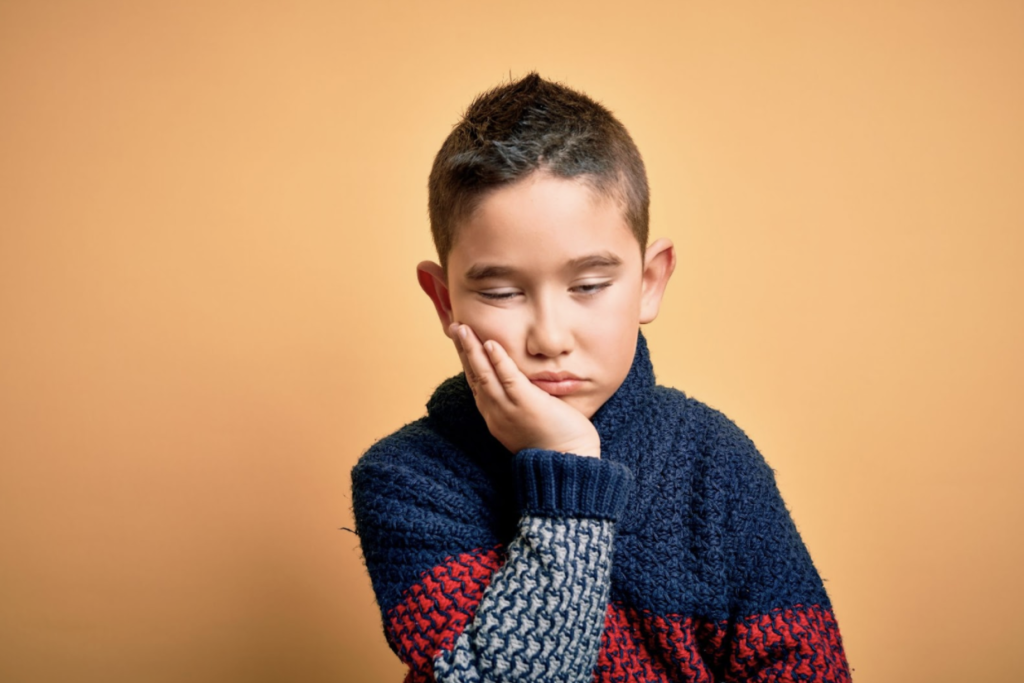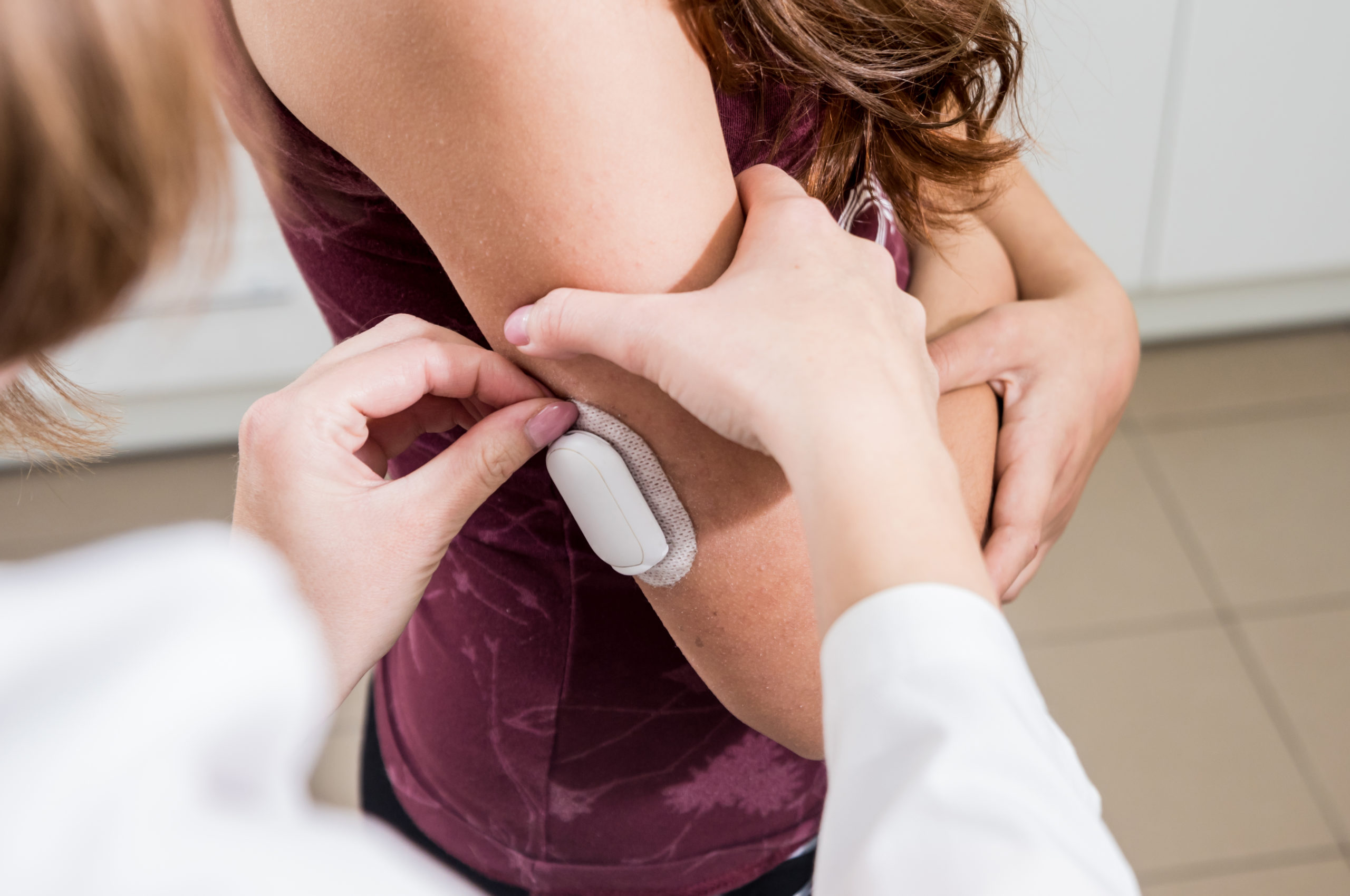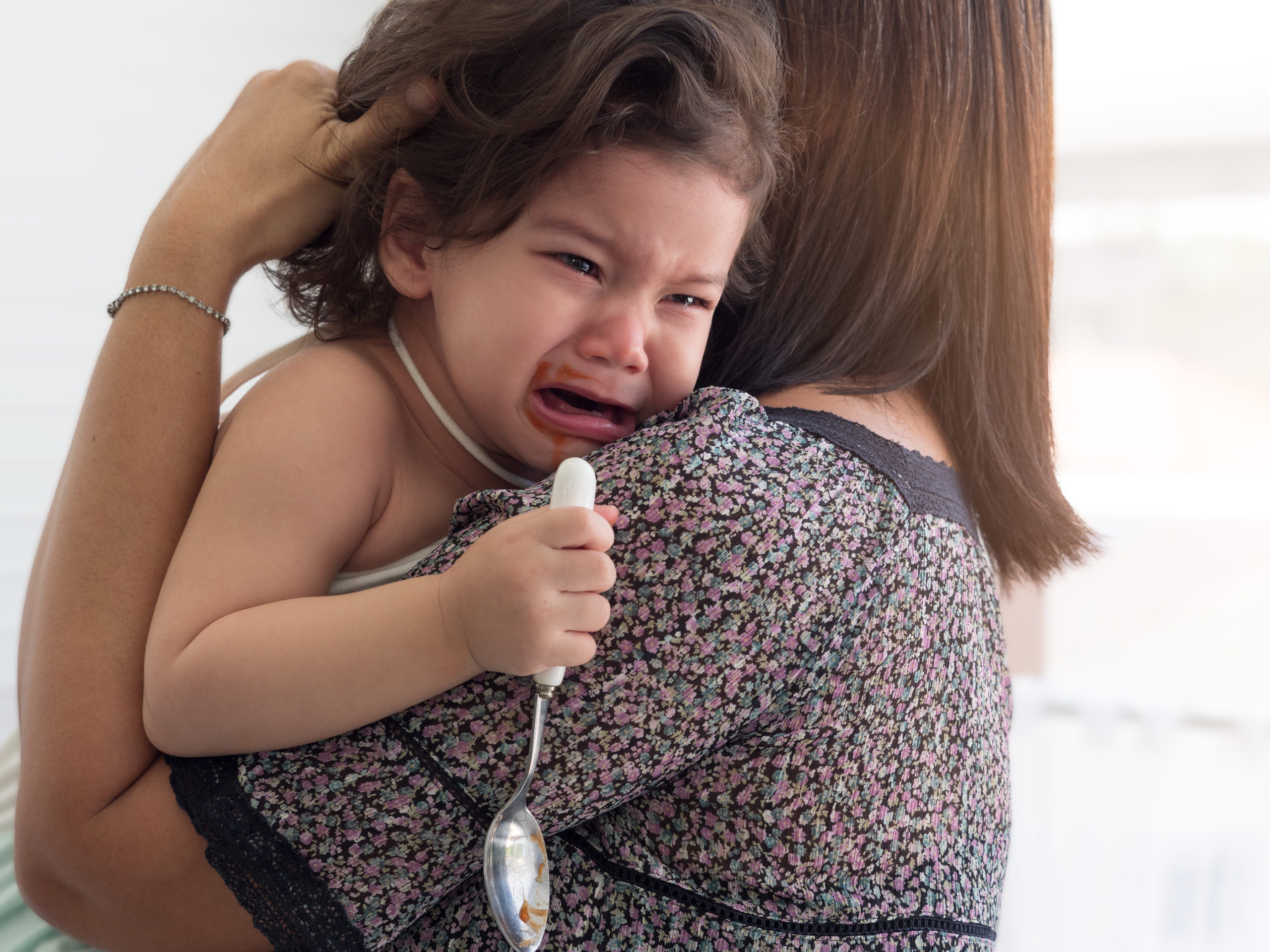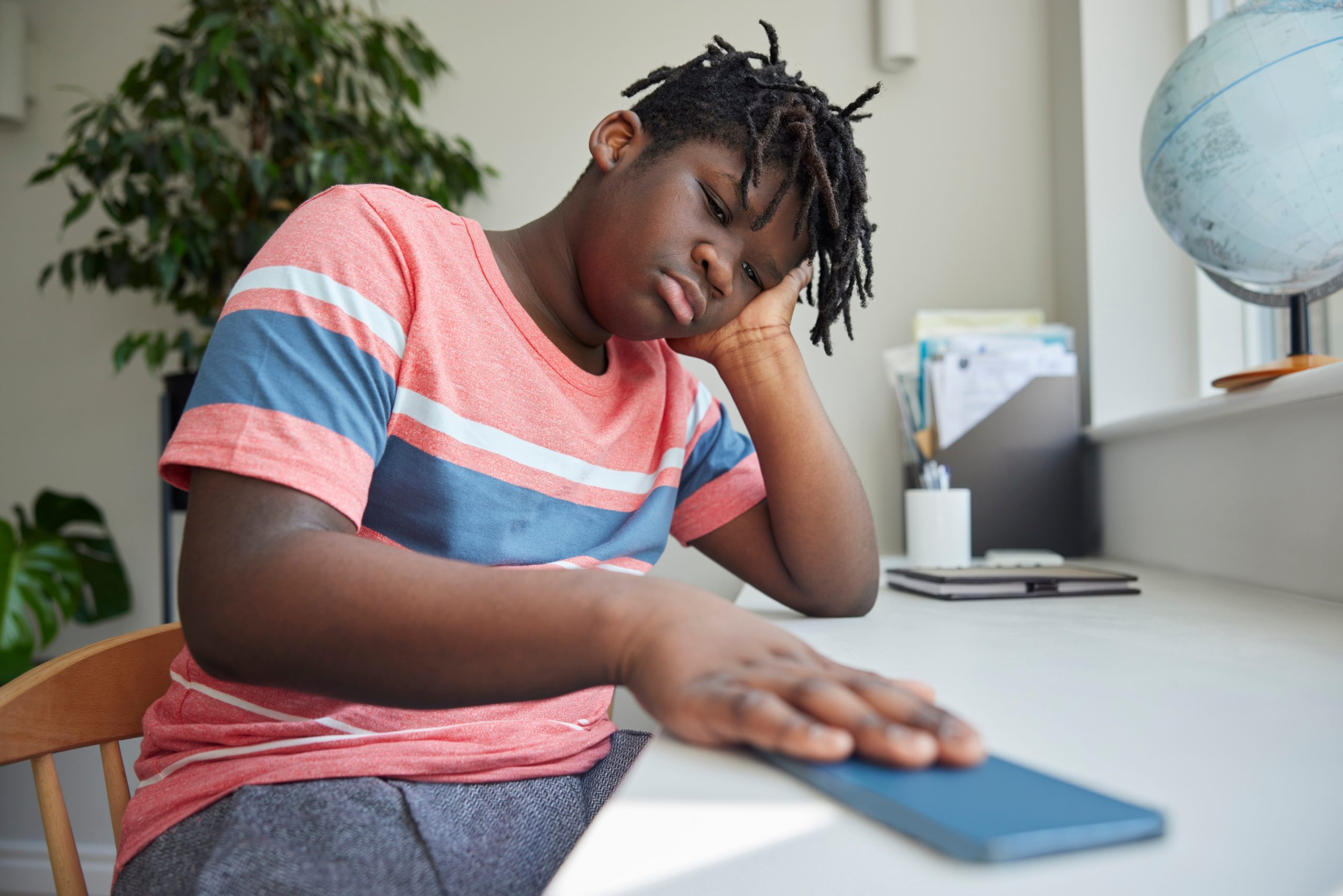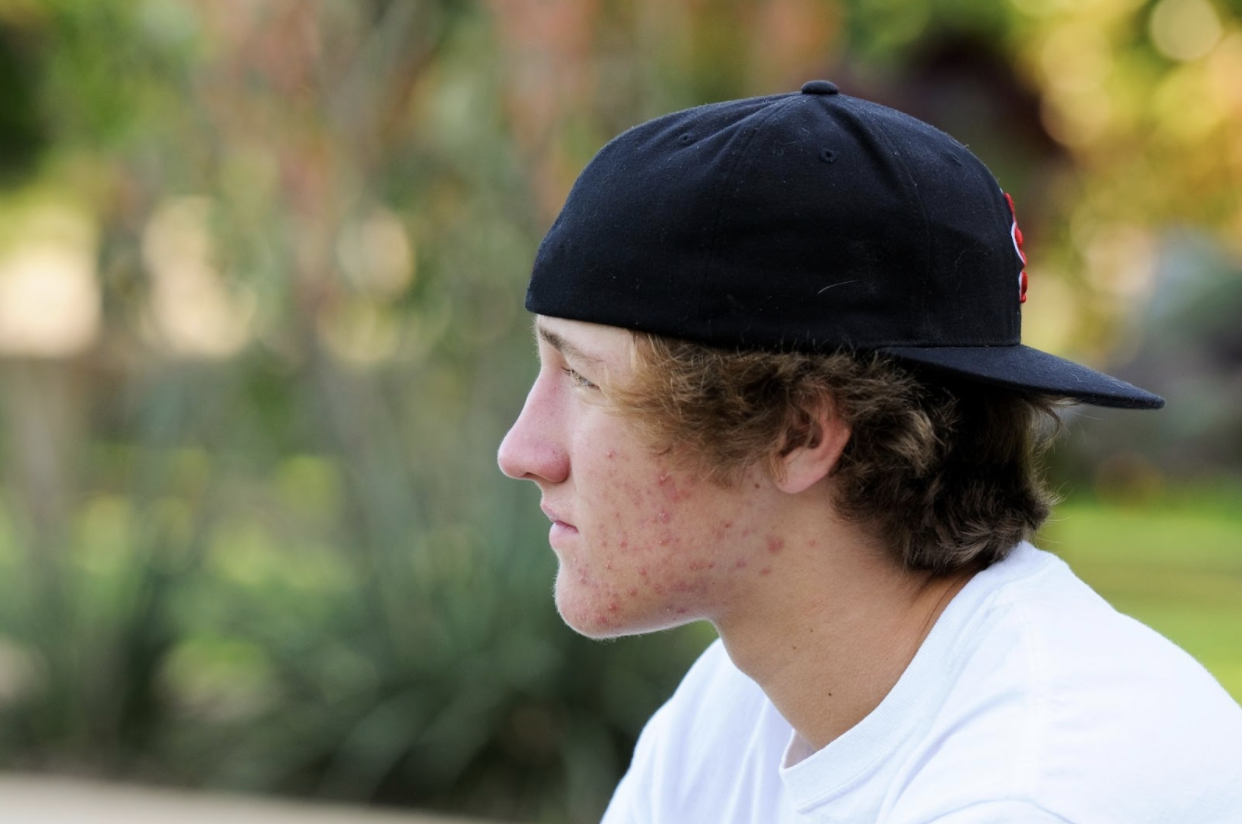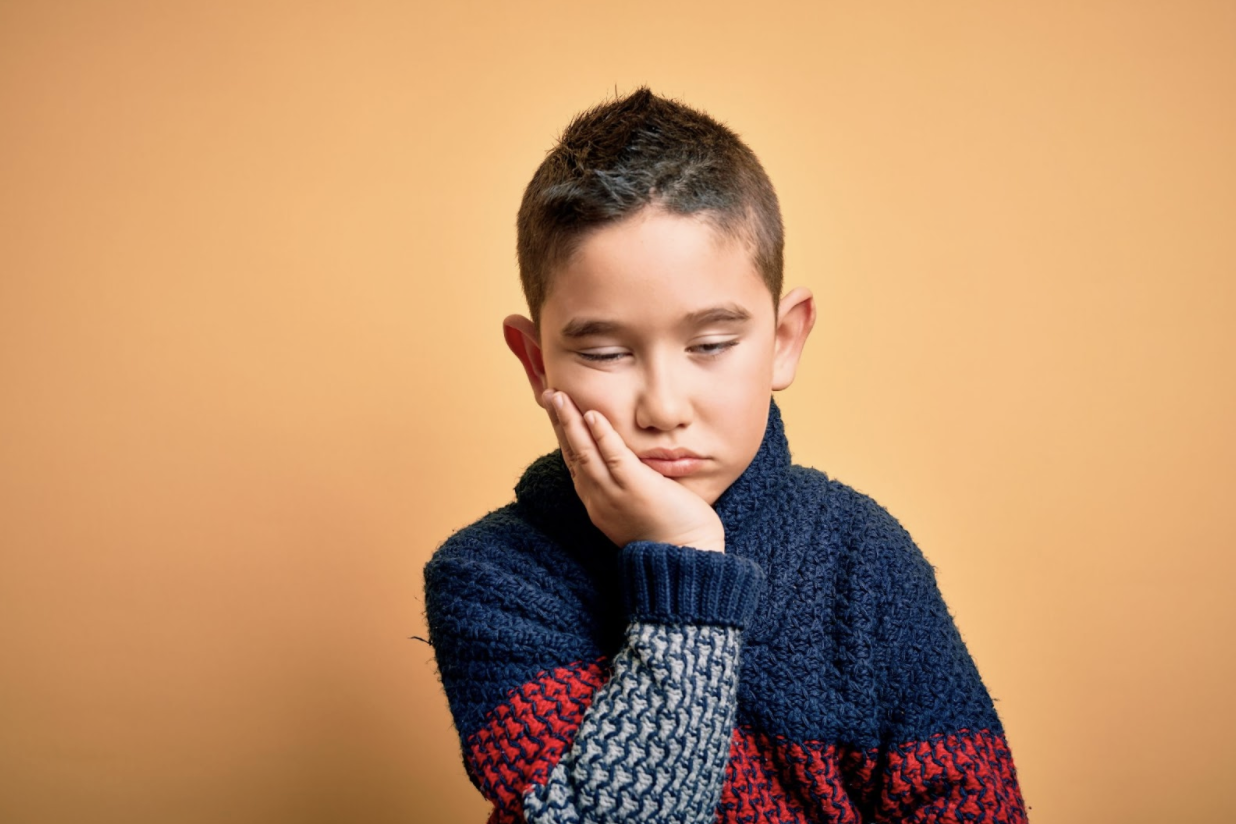Seasonal affective disorder (SAD) is a form of depression that appears at the same time each year, typically as winter approaches. Oftentimes, we talk about SAD in relation to adults, but in truth, children and adolescents can experience this as well.
A person with SAD may start to show symptoms when daylight hours are shorter, but when spring returns and the days lengthen, they will experience relief from their symptoms.
Key Symptoms
Children or teens with SAD will often show several changes in personality. These changes will generally present in a predictable, seasonal pattern. These symptoms can affect a child’s self-esteem and leave them feeling disappointed, isolated or lonely, especially if they do not realize what is causing them. Just like with other forms of depression, the symptoms of SAD can be mild, severe or anywhere in between:
- Changes in Mood – more irritable, sad, fatigued, more sensitive to criticism, easily upset.
- Less Time Socializing or Participating – loss of interest in things they usually like to do.
- Unexplained Low Energy – a child or teen with SAD may sleep a lot more than usual.
- Difficulty Focusing – trouble completing assignments on time; lack their usual motivation.
- Changes in Eating Habits – cravings for simple carbohydrates (comfort foods & sugary foods).
Properly Diagnosing Seasonal Affective Disorder
The symptoms linked with SAD can also be tied to other medical diagnoses. For example, tiredness, fatigue, and low energy are often associated with hypothyroidism, hypoglycemia, or mononucleosis. This can make a SAD diagnosis a bit challenging. We can help you test for other medical conditions first, and reach a proper diagnosis more quickly.
It’s important to remember the critical characteristic of SAD is that it is seasonal, occurs around the same time every year, and you notice positive change occurring in your child by springtime. Keep this in mind and make sure to keep a log of when you see the change in your son or daughter.
Treating Seasonal Affective Disorder
There are a few options for treating seasonal affective disorder.
Increasing Light Exposure/Light Therapy
Because symptoms of SAD are triggered by a lack of light exposure, and tend to go away when available light increases, treatment often involves more light exposure during winter months. For someone with mild symptoms, something as simple as taking a walk or exercising outdoors daily may be enough. Another way to accomplish this is to use full spectrum (daylight) light bulbs that fit in regular lamps because they can help bring more daylight into your home.
Stronger symptoms of SAD may be treated with phototherapy (light therapy). This involves using a special light to simulate daylight. A special light box or panel is placed on a tabletop or desk and the person experiencing symptoms will sit in front of the light for about 45 minutes each day. The person should occasionally glance at the light to allow the light to absorb into the retinas but should not stare into it for long periods of time. Symptoms will usually improve within a few days to a few weeks, depending on the severity of the symptoms. Do not begin light therapy without consulting your pediatrician.
Counseling
Focus on revising the negative thoughts and feelings associated with depression to ease any sense of isolation or loneliness. It can also help your child learn about and understand their condition, as well as teach them how to minimize future bouts of seasonal depression.
Medication
Medication may also be prescribed for kids and teens with SAD. Antidepressant medications can help regulate the balance of serotonin and other neurotransmitters in the brain that affect mood and energy.
Concerned about Seasonal Affective Disorder?
Reach out to us. We can help you explore your young child or teenager’s symptoms and find both holistic and conventional solutions for treatment.
You can also visit our Parent Resources page for more information and resources on supporting your child’s mental health.
